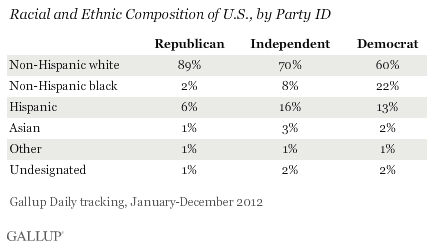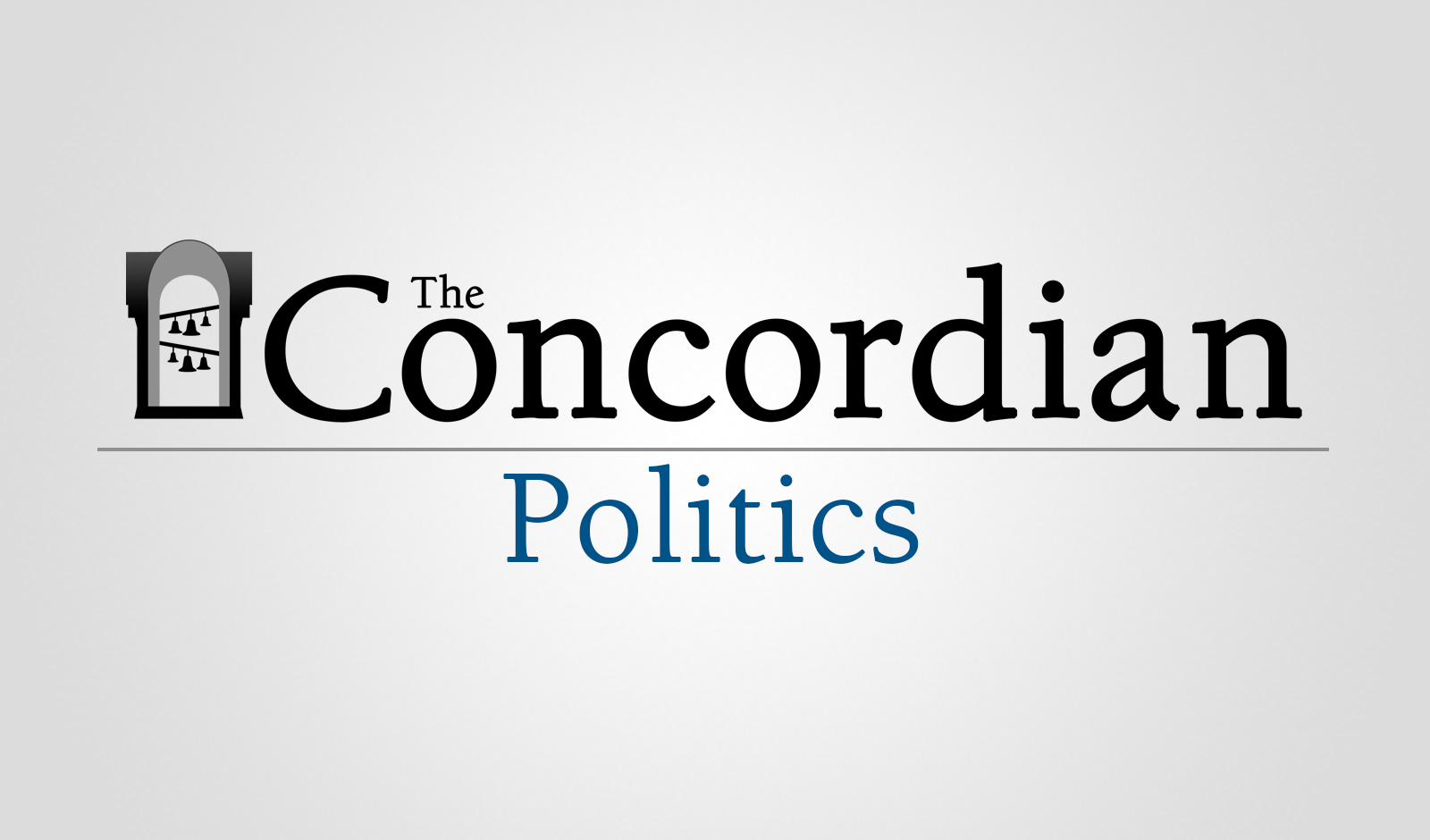Democrats ought to be concerned. It’s midterm elections this year, and at this point in time, it’s not looking so good for them. The Democrats champion themselves as the party for the little guy—the rank-and-file Democrat wants to help the sick through healthcare, increase the amount of money going to welfare programs, increase the minimum wage, and tax the rich. Democrats frame their party as looking out for underrepresented populations.
Backing programs funded by large-scale government spending will prove to be difficult during midterm elections. Amid already present fears of government overspending, not as many people who traditionally back these programs will show up to vote. Presidential elections bring with them an air of significance– one that can inspire the country and seduce voters off the couch and to the polls. Unfortunately, midterm elections are both less exciting and far more confusing. Representatives are only elected for 2 year terms, so they’re all up for reelection, but Senators have 6 year terms. Knowing whose seats are up for grabs, who’s contesting the incumbent for that seat, and the policy positions of all of those politicians is a daunting task to the average voter.
Midterm elections are frankly a blip in the mind of many Americans. However, this doesn’t affect both parties equally. The Democratic Party has to take a good solid look at its voter base and mobilize them to the best of their ability for 2014.
Democrats know several things to be true about their voter base. Underrepresented groups, including minorities, unmarried women, and those at or near the poverty line, are far more likely to vote Democratic and sympathize with the party’s stances on welfare and economic policy. The generally bodes well for the party as a whole, as the number of nonwhite voters in the United States is growing significantly. Alan Abramowitz of Emory University describes the racial divide as being a particularly predictive divide when looking to the future of elections in the United States. Between 1992 and 2008, the nonwhite population of the electorate doubled, with a record 28% of the 2012 electorate describing themselves as nonwhite, according to Gallup. With the population of nonwhite voters growing significantly, the Democrats are optimistic about the number of seats they’ll be able to grab in the future.

However, the picture isn’t so rosy for Democrats in the short term as we approach the 2014 elections. While minority voters overwhelmingly vote Democratic, they’re less likely to be registered to vote, according to Gallup. Only 31% of Hispanics born outside of the US are registered to vote, accompanied by only 52% of Asians born outside of the United States, and 63% of Blacks born outside of the United States. Antonio Gonzales of the William C. Velasquez Institute suggests that the higher mobility rate of minorities may be a roadblock in the registration of minorities: “When you move, you lose your registration,” he said. They’re also less likely to turn up to the polls to vote for Midterm elections. All in all, this snapshot of the Democratic Party’s voter pool is unnerving to say the least.
The Democratic Party understands their uphill battle, though. The Democratic Senatorial Campaign Committee is focusing on mobilizing voters through data-driven tactics, like targeted emailing, focus on particular communities based on historical trends, and strategic placement of television advertisements. “Campaigns are realizing that the smartest way to win the next vote is by mobilizing a nonvoter than by trying to win over a voter,” said Sasha Issenberg, who wrote “The Victory Lab: The Secret Science of Winning Campaigns.”
Descriptions of voter turnout of these demographics are broad, they’re a snapshot, and they don’t do much to tell us why certain groups of people are less likely to turn up to vote in Midterm elections.
Social science is making progress in this area, though. A political scientist at Caltech attempted to understand why minorities are less likely to vote by way of extensive surveying of 10,000 registered voters. The study showed that minorities experience Election Day differently than whites. Minorities are more likely to have to wait longer in line, and are very notably asked to show a picture ID more often than whites: 70% of African American voters, 65% of Hispanic voters, and about 50% of White voters were asked to supply ID. These problems may seem inconsequential, but they prove to be higher hurdles for minorities than for whites. Hourly-paid positions are more likely to be filled by minority workers. Workers in hourly paid positions have a harder time and are monetarily penalized for missing work, as opposed to salaried employees. Minorities are more likely than whites to be poor and live in urban areas, making them less likely to drive, and therefore less likely to have drivers’ licenses. For example, in Wisconsin only 43% of Hispanic adults have valid drivers licenses as compared to 85% of White adults.
White adults who don’t vote are much more likely to report that they didn’t vote by choice. Minorities and other underrepresented groups, like single mothers, are much more likely to reference logistical issues: they have a hard time getting to the polls, don’t have flexible schedules that allow them to wait in line for extensive amounts of time, and have more identification issues.
The Democratic Party needs to find a way to get minorities and other underrepresented populations to show up to the polls for midterm elections. These significant voting blocks can secure seats in Congress for the Democrats, but only if they are able to clear the hurdles standing between them and the voting booth. Last summer’ Supreme Court decision regarding the Voting Rights Act has allowed states to put in place even more strict voting laws, which could pose even more challenges for minorities and those who wish to represent them. At this point, Democrats need to find a way to overwhelm the obstacles facing underrepresented voters in order to control as many Congressional seats as possible and maintain an influential position in the federal legislature.
The logistical barriers between underrepresented voters and their polling locations is disturbing to say the least– the largely voiceless and marginalized populations are having a difficult time acting upon their political views in the most fundamental way. Democrats ought to be concerned logistically, as these voting blocks make up a key component of their consistent voters, but all Americans should be deeply unnerved by the fact that not all opinions are being heard as they should. Our government is built upon a respect and concern for all American citizens, not just the ones who can easily make it to the polls.

